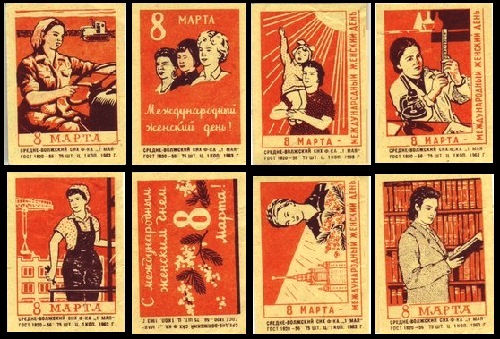Collecting USSR matchbox labels
Collecting USSR matchbox labels
Undoubtedly, collecting matchbox labels, known as Phillumeny, was one of the most favorite hobbies for the Soviet people. In the late 1950’s – early 1960’s in major cities of the USSR appeared Phillumeny sections in the frame of collectors clubs. And, in many cases, philatelists of All-Union Society of philatelists officially supervised phillumenists. Meanwhile, in the Soviet Union, Phillumeny heyday lasted for two decades – 1960-1980.
In particular, it was the Balabanovo match factory, located in Moscow suburbs, which printed labels for the majority of match factories. In addition, they produced special kits for phillumenists – 100 labels in the set, as well as souvenir sets. Besides, the Baltic factory produced the similar kits, but with their own labels. At the end of 1980 the production of sets for collectors stopped. In part, due to the transition of many factories for the production of matches in cardboard rather than in veneer boxes. After 1991, Phillumeny craze began to decline, and most Phillumeny sections ceased to exist.
In fact, matches that we know were invented by a Hungarian called Irini, and were first produced in 1835. They were phosphoric matches and the inflammable head was very harmful causing an illness to the workers who made them.
In the years that followed scientists tried to find a substance to substitute the phosphorus head. Berger, a German chemist, found it in 1848. The first safety matches appeared in Sweden, hence the name Swedish matches.
At first, matches were in tin boxes. Wooden boxes appeared later, and with them labels appeared. They were strips of paper which held the box together and bore the name of the factory that produced them. With the use of machines for making match-boxes the labels were glued to the boxes.
Interestingly, people began collecting match-box labels as soon as they appeared. There is a collection in Russia which includes a label made in 1846. During the past years collecting match-boxes has become a very popular hobby in the USSR. Thousands of people in many Soviet republics collected them. The labels show not only the name of the factory, but also historic events, portraits of outstanding people, plants, animals, sports, etc.

































